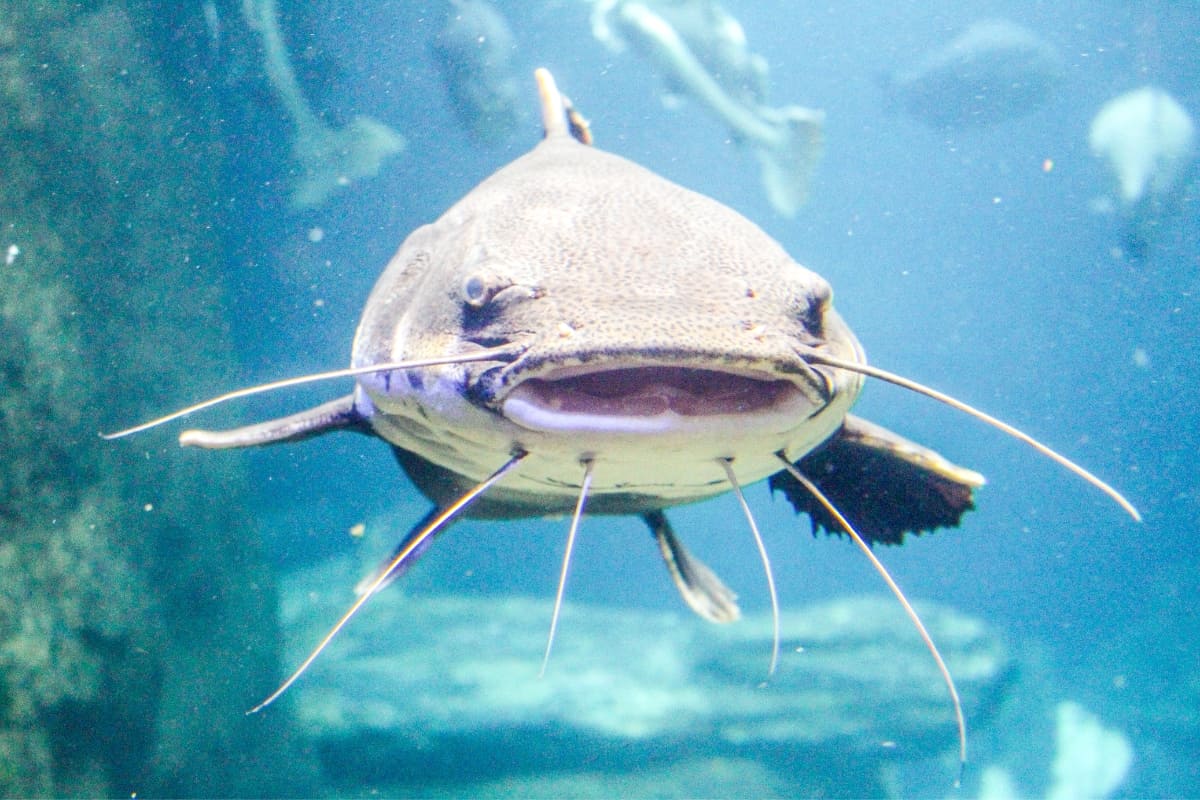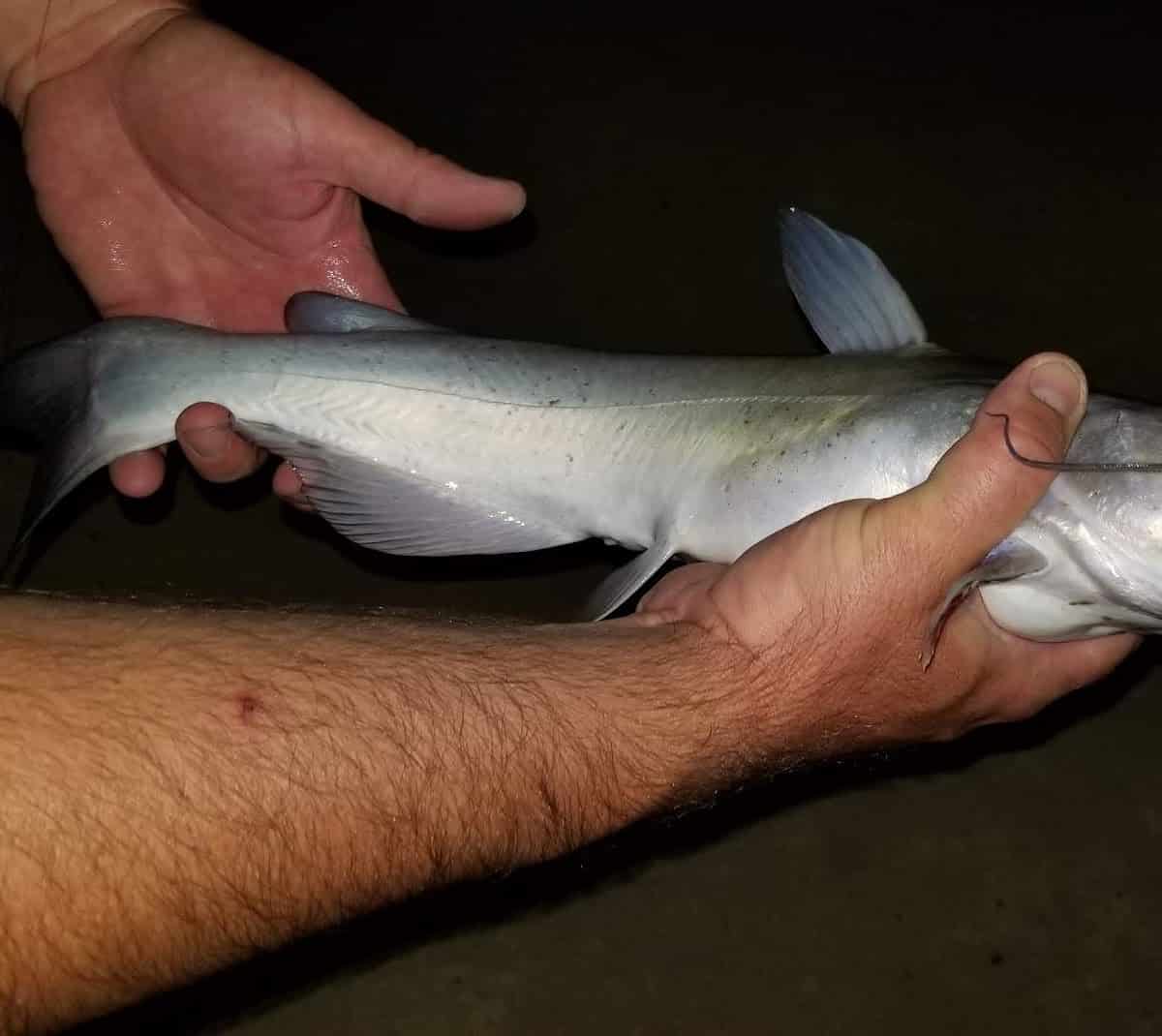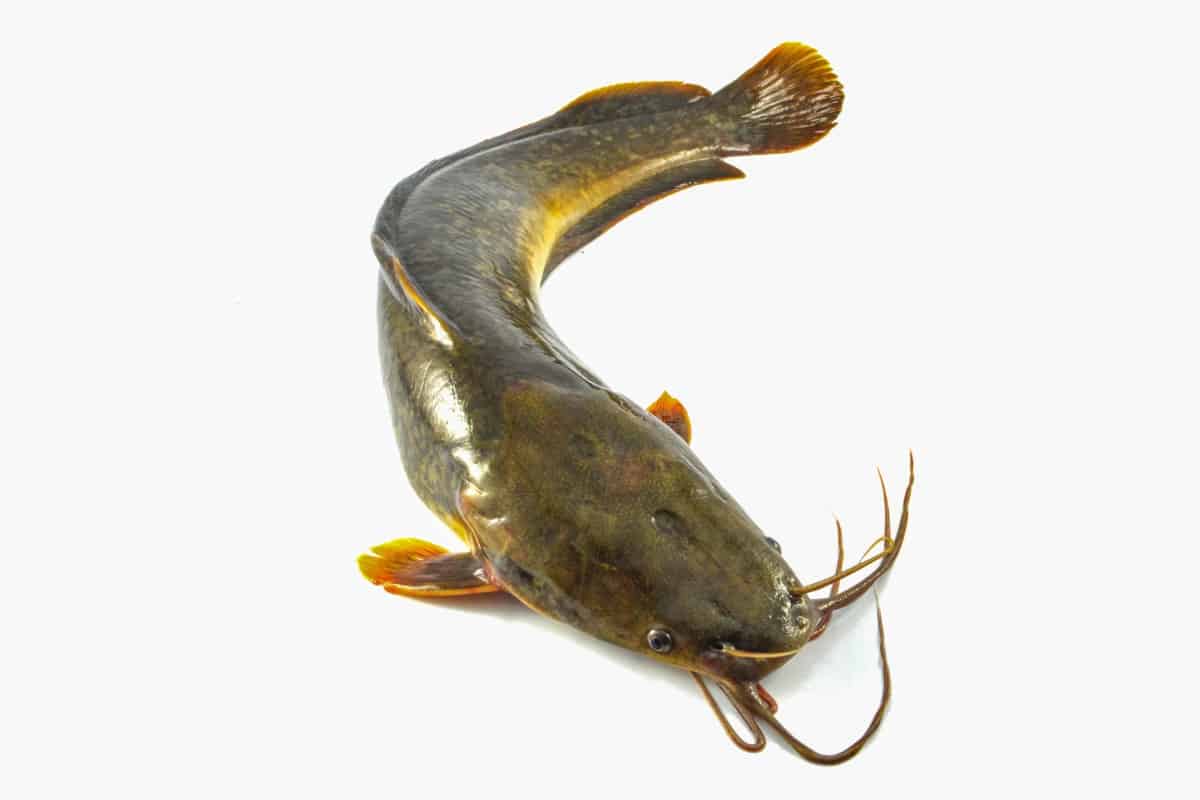If you’ve done any type of saltwater fishing around the Gulf, then you’ve likely seen saltwater catfish going crazy for your bait.
Saltwater catfish is actually a common name for both the Hardhead Catfish and the Gaffstopsail Catfish (Sail Cat for short).
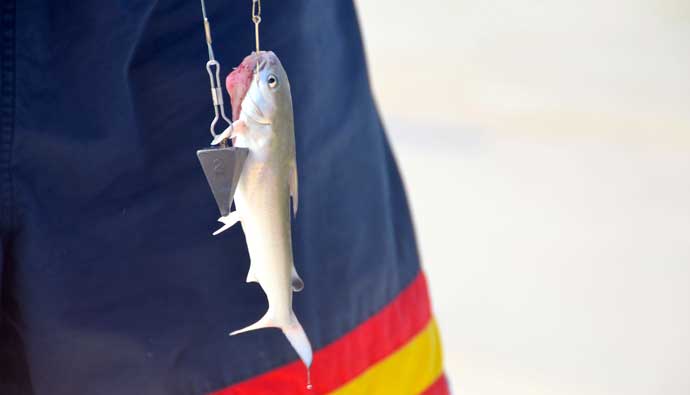
In this guide, we’re going to focus on the Hardhead Catfish. Most anglers consider them trash fish, but there have been folk testing this assumption with surprising results.
Let’s go catch some saltwater cats!
Overview
The saltwater catfish is a species of sea catfish that can be found in the northwest Atlantic and the Gulf of Mexico. It’s called a hardhead because of a hard and bony plate that extends to the rear toward the dorsal fin from a line between its eyes.
The jaw is flattened, and the upper jaw forms a broad arc. Its back is silvery with blue, brown, or green undertones, and the underbelly is white in color.
This catfish is an opportunistic eater and uses sand and mudflats as its hunting grounds. It eats algae, seagrass, sea cucumbers, shrimp, and crabs. Adults have been known to hunt and eat larger fish.
Saltwater Catfish Facts
| Scientific Name | Ariopsis felis |
| Common Name(s) | Saltwater Catfish or Hardhead Catfish |
| Family | Ariidae |
| Identifying Characteristics | It has a hard and bony plate that extends to the rear toward the dorsal fin from a line between its eyes. The jaw is flattened, and the upper jaw forms a broad arc. The back is silvery with blue, brown, or green undertones, and the underbelly is white in color. |
| Depth Range | 107m |
| Habitat | It can be found in the northwest Atlantic and the Gulf of Mexico. |
| Limits | Check your local regulations |
| Largest Recorded | 3lb, 5oz |
| Status | No |
Saltwater Catfish Habitat
The saltwater catfish can be found in brackish estuaries and the mouth of rivers that have sandy or muddy bottoms. It rarely ventures into freshwater, moves from shallow to deeper waters during the winter, and enters estuaries in warmer months.
The fish can tolerate a range of salinities and can be found inshore in the surf zone and in turbid waters. It is also quite common around piers and docks.
How to Catch Saltwater Catfish
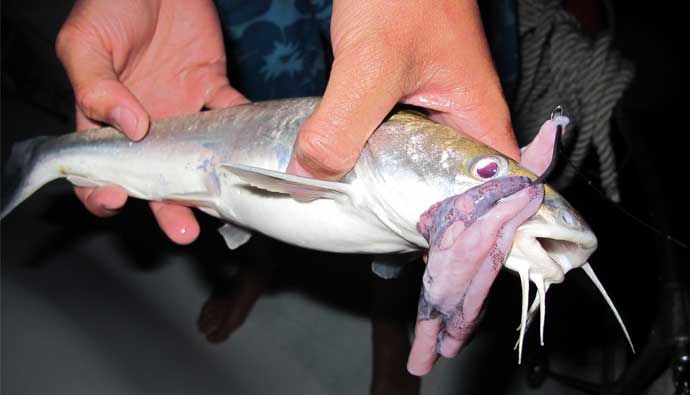
The best saltwater catfish baits are the smelliest ones you can find. Like all the fish in its species, this one relies on smell to track its prey. Use bloody and oily catfish bait such as cut-up mackerel or squid to provoke it to strike. The best rigs you can use while fishing for this catfish is either a single or a double looper.
Since the hardhead is not particularly large, a light or medium gauge tackle can work. Use any saltwater reel you like that can withstand a 10 to 20-pound test, especially if you are fishing around a structure such as a pier.
Yet, a medium-sized circle hook works best since it remains in the fish’s mouth and doesn’t go into the gullet.
Saltwater Catfish Fishing Tactics
- If you are targeting large hardheads, use rods that have long handles so that you can have more control over the fish and not the other way around.
- Use a 7” or longer saltwater rod that has a strong backbone and plenty of flex at the tip for your circle hooks to work.
Saltwater Catfish Fishing Tips
- Be careful while removing this sea catfish from your hook. The slime covering the barbed dorsal spine is toxic, and a puncture can be followed by extreme pain and swelling. Use fishing pliers to handle the fish while you remove the hook.
- Do not use your foot to hold the catfish in place while you are removing the hook. The sharp dorsal spine is erect and will puncture through even tennis shoes.
Saltwater Catfish Seasons
The main habitat of the saltwater catfish is nearshore or brackish waters in estuaries and river mouths. It moves to deeper water during the winter months and into estuaries in the summer.
Can You Eat Saltwater Catfish?

The short answer is yes, and you might be surprised to find that they can taste as good if not better than freshwater catfish. Most fishermen consider them to be a pest when fishing for other target species, and with that comes inherent biases that the fish isn’t good to eat.
Freshwater vs. Saltwater Catfish Taste
Like freshwater catfish, what the saltwater cat eats will dictate how its flesh tastes. I remember my dad telling me that when he caught catfish that were in dirty muddy water back in Iowa, the flesh just wouldn’t taste as good as when the cat was caught in cleaner water. The same can be said for saltwater cats. Water quality and what they are scavaging on matters.
These hardhead catfish don’t get large in size, so catching and preparing many of them is necessary for a proper catfish cookout. A lot of anglers just don’t find the yield to be worth the struggle to gut, skin, and fry these fish. This is personal preference however, and shouldn’t deter you from eating them if you’re up for the grunt work.
Hardhead Catfish vs. Sail Catfish Taste
Hardhead catfish have been said to taste a little worse than sail catfish, but I believe it all comes down to how you cook it. If you do a bad job with either, they’ll turn out bad and deter you from trying it again.
Just make sure you’re careful with Hardhead catfish, as they have toxic fins that can cause you a world of hurt if stabbed. But now that you have some let’s see how to prepare them.
How to Clean Saltwater Catfish
- Lay the saltwater catfish flat on the cutting surface and cut down from past the dorsal to the pelvic fin at an angle right through the rib cage.
- Stop cutting when you hit the vertebrae and change the angle of the cut before continuing. Cut down the vertebrae holding the knife at a slight angle while following the bone till you are about an inch from the tail.
- Use your knife to flop the fillet over so that the skin is lying on a flat surface.
- Start cutting at the tail to remove the skin from the fillet by holding down the knife at a slight angle from the flat surface you are cutting on and push down to cut the skin off.
- Turn the catfish over and repeat the steps on the other side for the second fillet and remove the skin on it in the same way.
How to Cook Saltwater Catfish
- Mix 1 cup ground yellow cornmeal, 1 cup cornflour, 1 cup all-purpose flour, 2 tablespoons of salt, half a teaspoon of cayenne, and ground black pepper in a bowl.
- In a separate dish, make a marinade by mixing a dash of hot sauce and 1 cup of low-fat buttermilk.
- Make a dipping sauce in another bowl by mixing half a cup of mayonnaise, 1 tablespoon of sweet relish, a few dashes of hot sauce, salt and pepper to taste, and a dash of ketchup.
- Heat a nonstick skillet over medium heat and add butter and oil to it.
- Dip the fillets in the buttermilk mixture, then the fry mix, and make sure they are coated.
- Add fillets to the pan when the butter melts. Cook both sides till they turn golden brown which should take 3 minutes each.
- Remove from the pan and serve with the dipping sauce.
Frequently Asked Questions
Q: What do saltwater catfish like to eat?
A: Its diet depends on its size and location. Young hardheads eat small crustaceans, such as blue crabs and mollusks, while juveniles feed on planktonic crustaceans. Adults are known to feed on larger fish.
Q: How to hold a saltwater catfish?
A: Place your hand being the dorsal and pectoral spines while making sure that your thumb and forefinger remain behind the dorsal spine. Do whatever you can not get stabbed by the fins, as they have a toxic slime that can cause you a world of hurt.
Q: When do catfish spawn?
A: Early to mid-summer.
Insider Advice
Even though you now know how to catch this catfish, underestimating it is the biggest mistake you will ever make. Make sure you have a seasoned angler with you on your first trip, in case.
If you are an experienced catfish angler, do share your strategies in the comments section and share this guide if you liked it.




 Facebook
Facebook YouTube
YouTube


